1
Falkirk Wheel
When is a wheel not a wheel? When it’s a lift. The Falkirk Wheel can lift six canal boats 25 metres in one go, moving them from one waterway to another.
The Forth & Clyde Canal linking Glasgow to Edinburgh closed in 1938 and it wasn’t until the Millennium Project 70 years later when a link was re-established. That arrived in 2002 in the form of the huge Falkirk Wheel – a concrete structure measuring 35m across. Watching it in action conjures up images of some Victorian flight of fancy, as it slowly revolves to move the 300-tonne, perfectly balanced gondolas.
Location:https://binged.it/2heDXUE
2
Spaceguard Centre, Powys
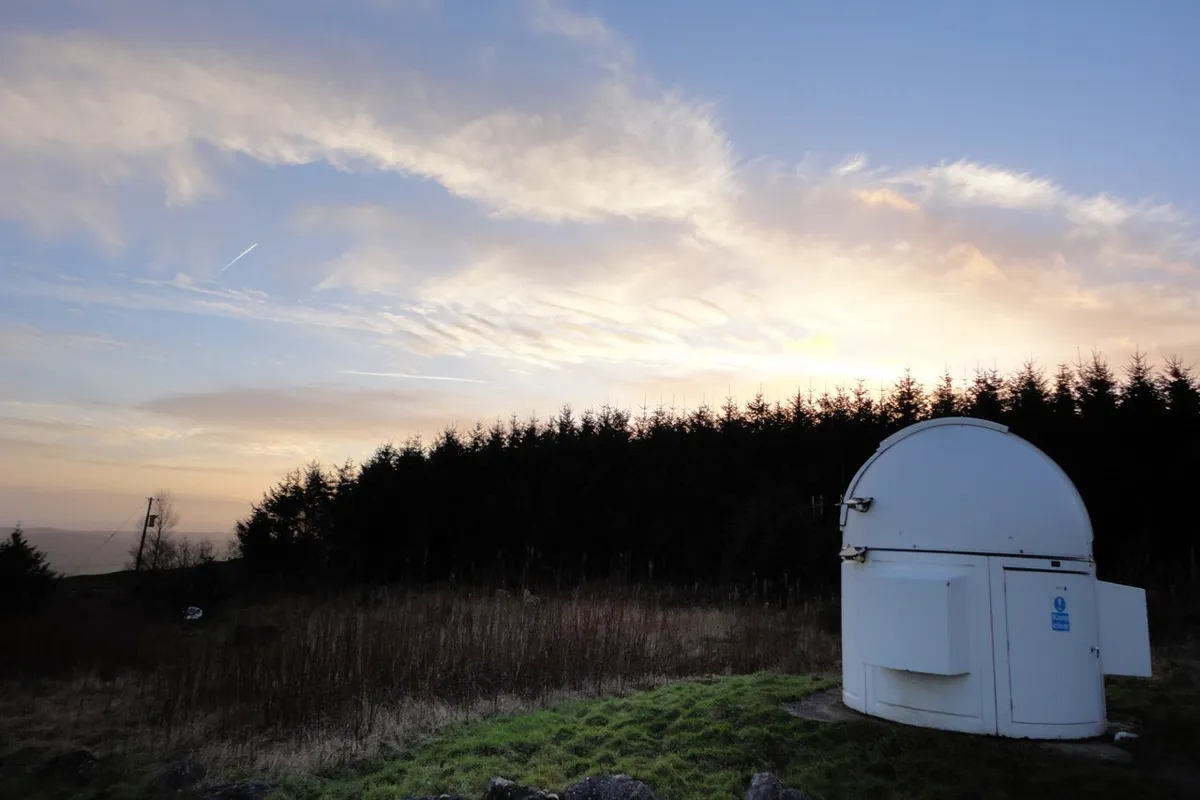
Spaceguard is the best, last hope of Britain - and the world. It is also inspiration of a single man – Jonathan Tate. Between 100-150 tonnes of space materials hit the Earth’s atmosphere every day and most of it harmless dust that becomes shooting stars. Other materials, however, are much larger and have left far bigger marks on the surface of our plant – such as in Tunguska, Siberia, in 1908, an event that levelled hundreds of square kilometres of forest.
Space Guard is part of an international project tracking such Near Earth Objects (NEOs). Spaceguard houses two large robotically controlled telescopes, used by Tate to confirm other people’s NEO finds.
Location:https://binged.it/2hewYuT
3
Kelvedon Hatch Nuclear Bunker
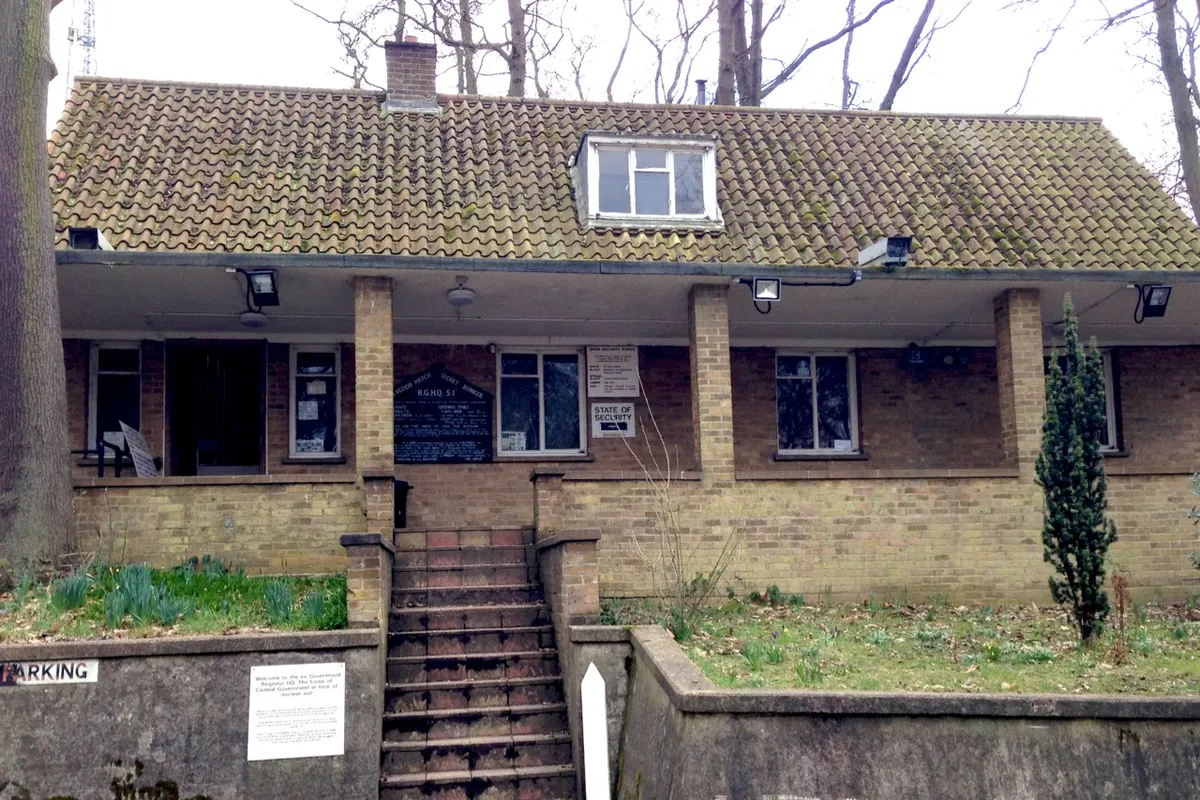
Kelvedon Hatch Bunker in Essex was built in 1953 as part of a massive redevelopment of the UK’s radar system following the USSR’s successful development of nuclear weapons. In the event of a nuclear strike, the bunker was to house key government and military personnel essential to the running of Britain.
The bunker was cunningly disguised using a small bungalow built on top and covering the entrance. This ingenious subterfuge was spoiled only slightly by the presence of a 150-foot communication tower.
Kelvedon opened as a tourist attraction in 1992, and if you get a bit lost en-route to the facility don’t worry: all you need do is simply follow the rather helpful signs for the "Secret Nuclear Bunker".
Location:https://binged.it/2heDFgk
4
Bletchley Park

Bletchley Park is well known as Britain’s code breaking hub during the Second World War, home to - among others - Alan Turing. Britain’s best-known mathematician was a foot soldier in an army of 12,000 code breakers and support staff that worked around the clock at Bletchley - two thirds being women.
Turing’s critical cracking of the German military’s Enigma is Bletchley Park’s most famous achievement but there’s so much more. Bletchley sifted through more than 20,000 Axis messages each day to reveal crucial details such as German air force deployments during the legendary Battle of Britain and the location of the killer battleship the Bismarck, sunk through a massive Royal Navy operation.
Location:https://binged.it/2gkA3fP
5
Brunel Museum
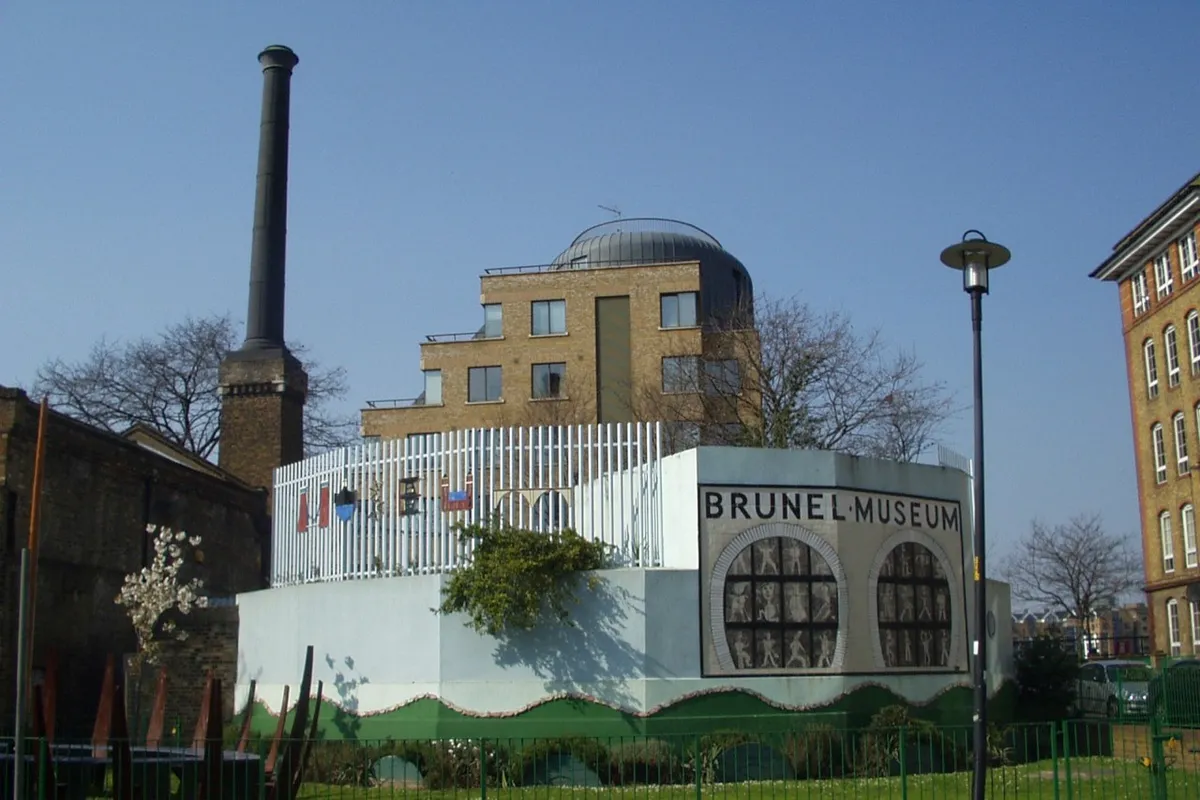
The Brunel Museum is a celebration of the Brunel family – Isambard Kingdom Brunel, his father Marc Isambard Brunel, and son Henry Marc Brunel. Their creations can be found across the UK – including the Clifton Suspension Bridge and a network of tunnels, bridges and viaducts for the Great Western Railway
The museum itself is in Marc Brunel’s Engine House, but the real draw is the massive underground chamber, entrance to the first ever tunnel under the Thames. It was only opened to the public in 2010, 150 years after it was closed off by the London transportation system.
Location:https://binged.it/2heCzRD
6
James Clerk Maxwell’s House
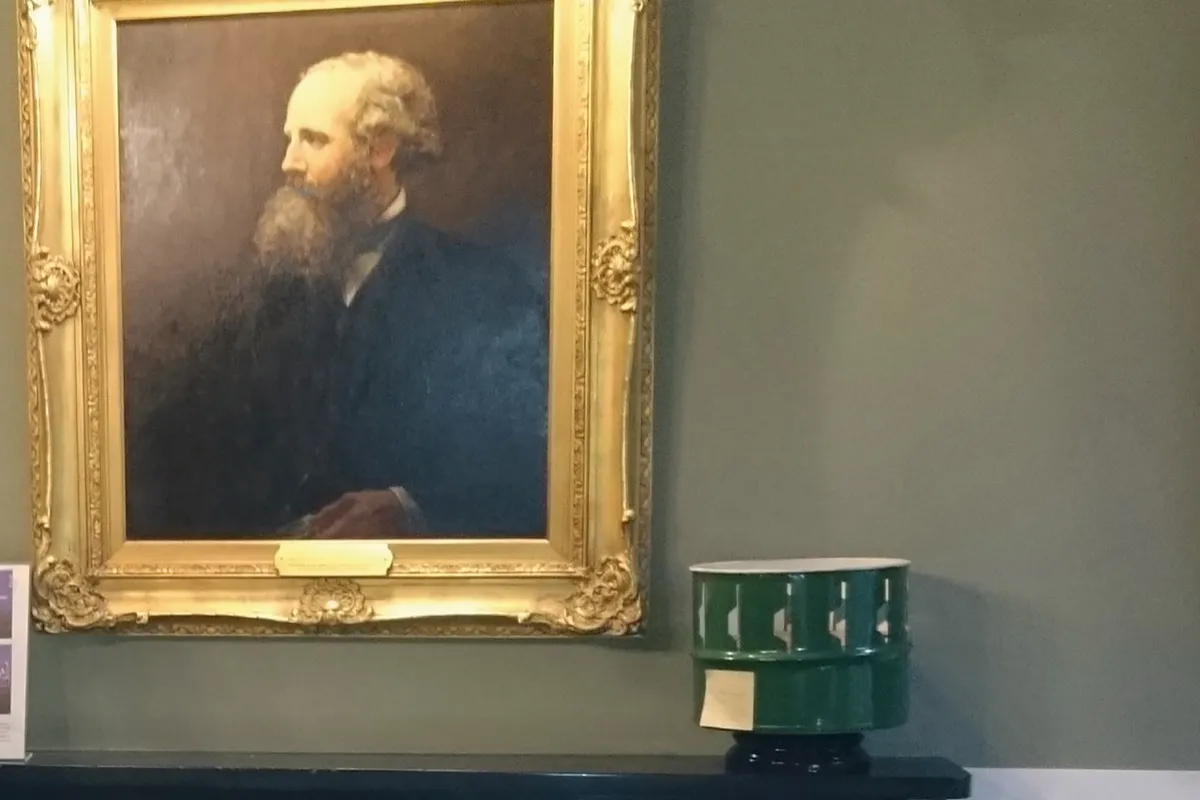
Émigré Guglielmo Marconi made massive strides in radio, working on transatlantic radio transmissions and helping turn wireless into a defining medium of the early 20th Century.
But before him, though, came James Clerk Maxwell who theorised the actual existence of radio waves thereby making him an individual essential to physics. But Maxwell’s contributions are not confined simply to radio waves: his theories extended to the existence of the rings ofSaturnthat were later borne out by 20th-century science, he produced the first ever colour photo, and Maxwell founded and helped build Cambridge University’s world-famous Cavendish Laboratory in 1879.
Location:https://binged.it/2gkMd8a
7
de Havilland Museum, Hertfordshire
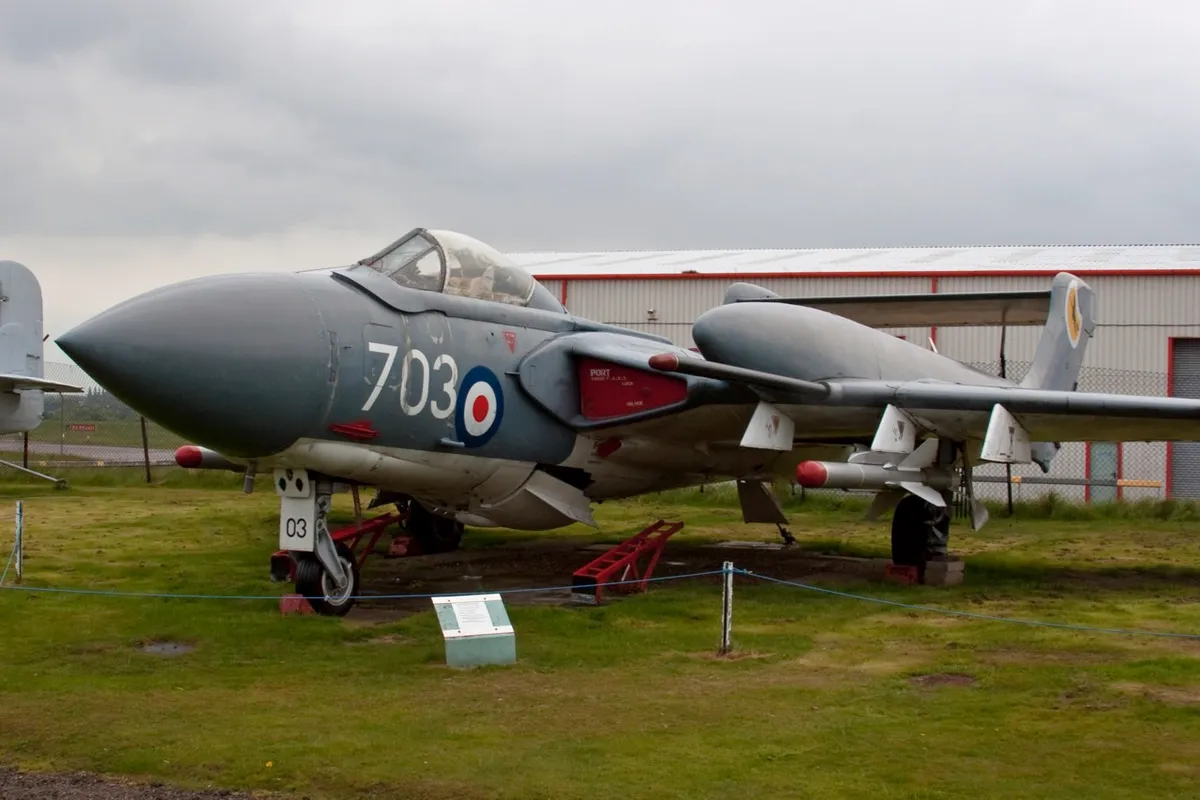
Britain’s aircraft industry has produced many iconic names – the Spitfire, Hurricane and the Lancaster Bomber to name a few. The de Havilland Museum celebrates yet one more: the twin-engine DH.98 Mosquito multi-role WWII craft nicknamed the “Wooden Wonder” and produced by Geoffrey de Havilland. This was one of the Allies’ few aircraft capable of matching the speed of Hitler’s first rocket bombs, the V1.
The Mosquito airframe was the first specimen to be landed by this museum, which was built entirely from scratch by enthusiasts. Since these basic beginnings their museum has proceeded to track the whole history of the 44-year de Havilland company and a series of iconic craft.
Location:https://binged.it/2heKyy6
8
The National Museum of Computing, Milton Keynes
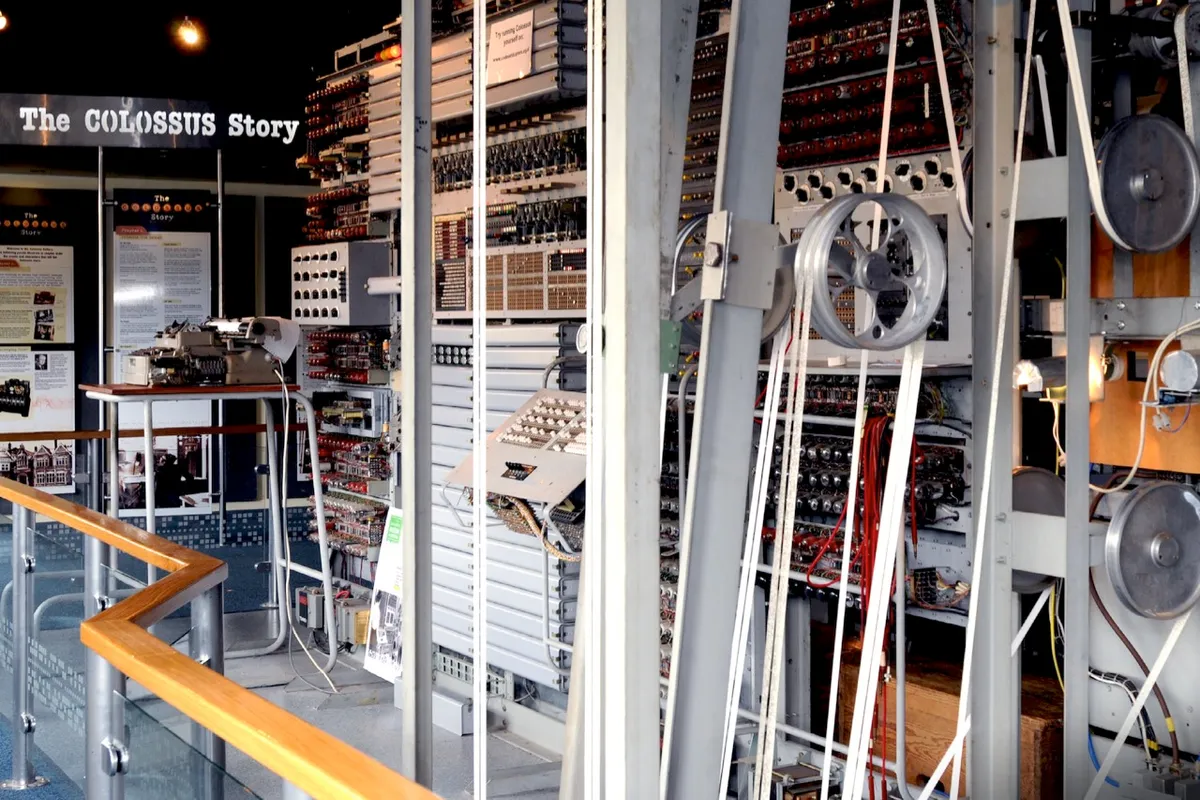
The National Museum of Computing History (TNMOC) keeps alive the flame of old computers – it houses some of the world’s oldest, rarest and best-remembered systems. These include a NeXT – similar to the system created by Apple’s iconic Steve Jobs and by Tim Berners-Lee to “invent” the web, and a the Harwell Dekatron - the world’s oldest working digital computer and essentially a 2.5-tonne calculator.
TNMOC’s computers are still active, making for a museum that’s not just surprisingly loud but a place where you’re allowed to touch the artefacts.
Location:https://binged.it/2gkBVou
9
Jodrell Bank, Cheshire

More than the backdrop to the BBC’s Star Gazing Live, Jodrell Bank is home to the iconic Lovell Telescope and has become a centre for world-class science. It is the centre of a project linking six other UK-based radio telescopes into a dish array spanning 217km.
Bernard Lovell started radio astronomy at Jodrell Bank in the 1940s, using a collection of army surplus radar kit he hauled out to the gardens of the University of Manchester. More than 60 years on, Lovell remains the world’s third-biggest moveable telescope - a combination of 3,200 tonnes of metal and railway.
Location:https://binged.it/2gkEnvx
10
Cruachan Power Station, Argyll and Bute
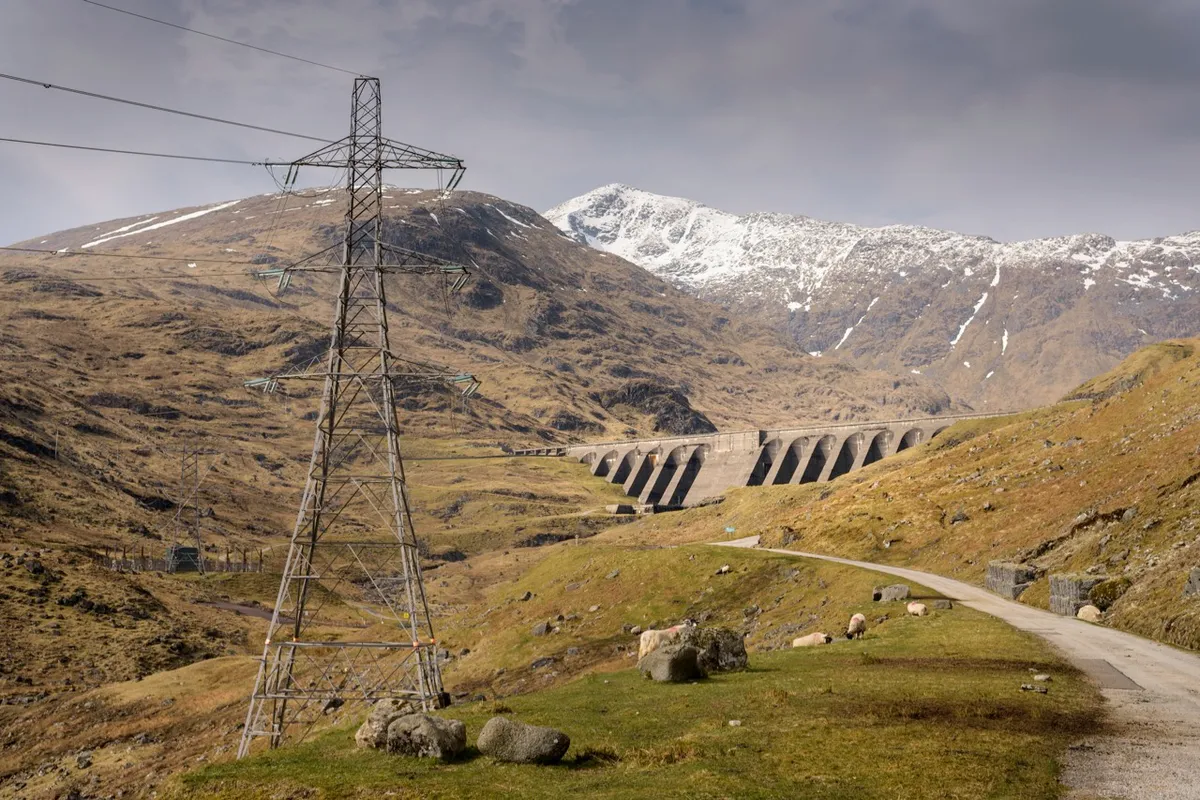
The Cruachan hydroelectric power station was the world's first reversible-turbine power station – and was built four kilometre into a mountain.
Everything about Cruachan is epic in scale: the loch that feeds it is a man-made construction that was dammed using 200,000 tonnes of concrete, the loch’s waters feed into a network of four-and-a-half kilometres of aqueduct and 14km of tunnels feeding down into a Cathedral-sized cavern and a 90m high machine room housing four turbines.
Today you can soak this up on a guided tour, one kilometre into the mountain, and on a hike up to the dam.
Location:https://binged.it/2gkDm6x
The Geek's Guide To Britain by Gavin Clarke, The Register (£19.99,Situation Publishing Ltd.)
Follow Science Focus onTwitter,Facebook, Instagramand Flipboard
